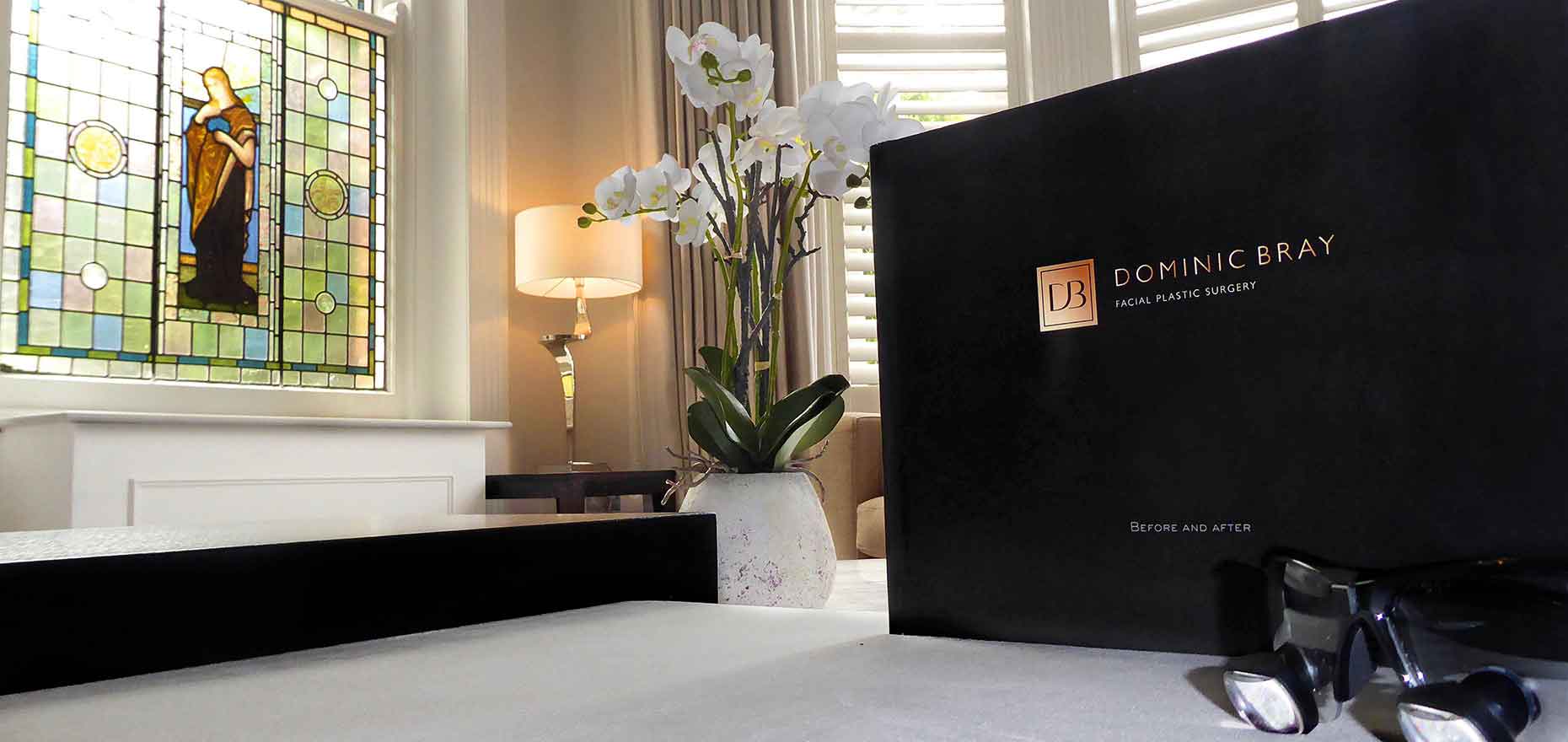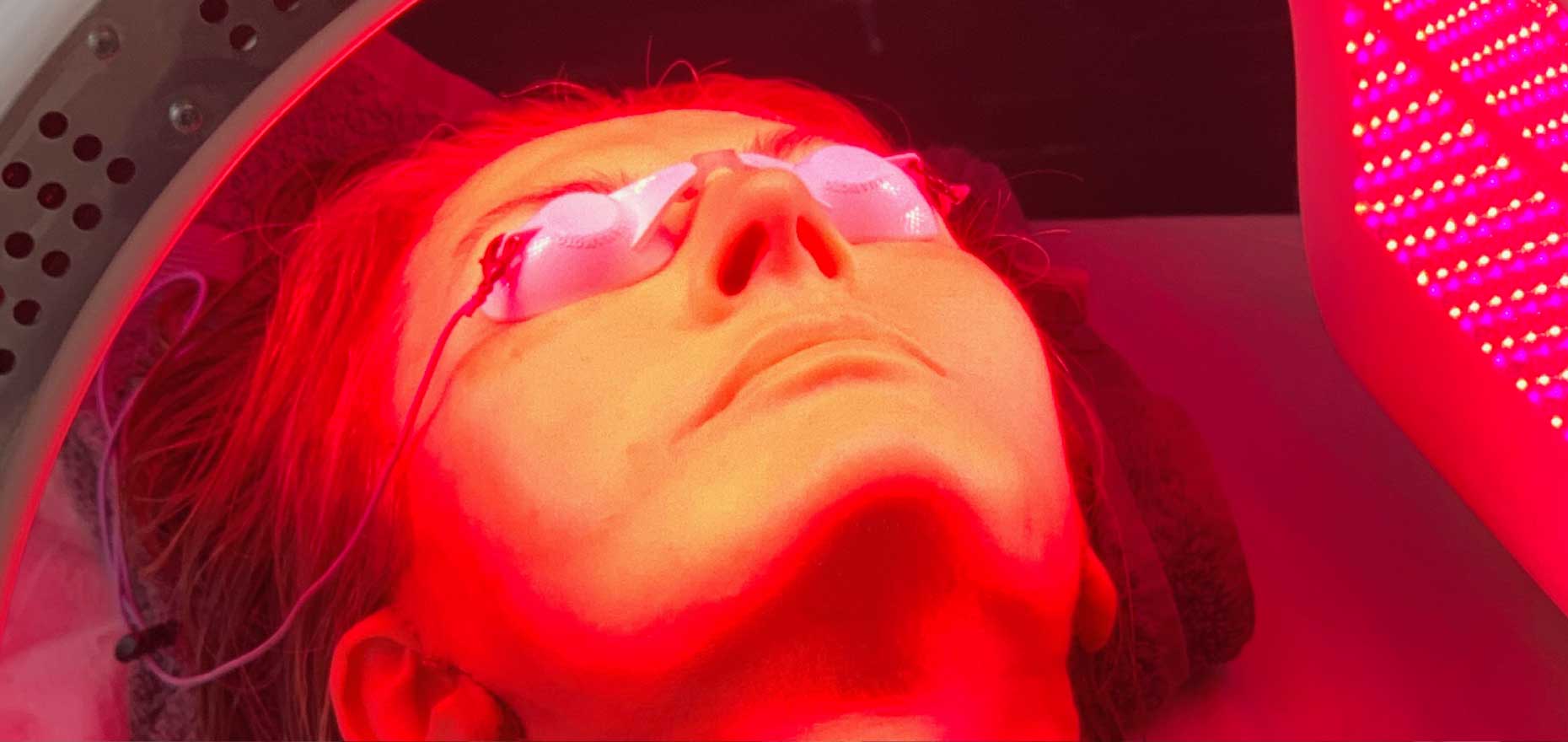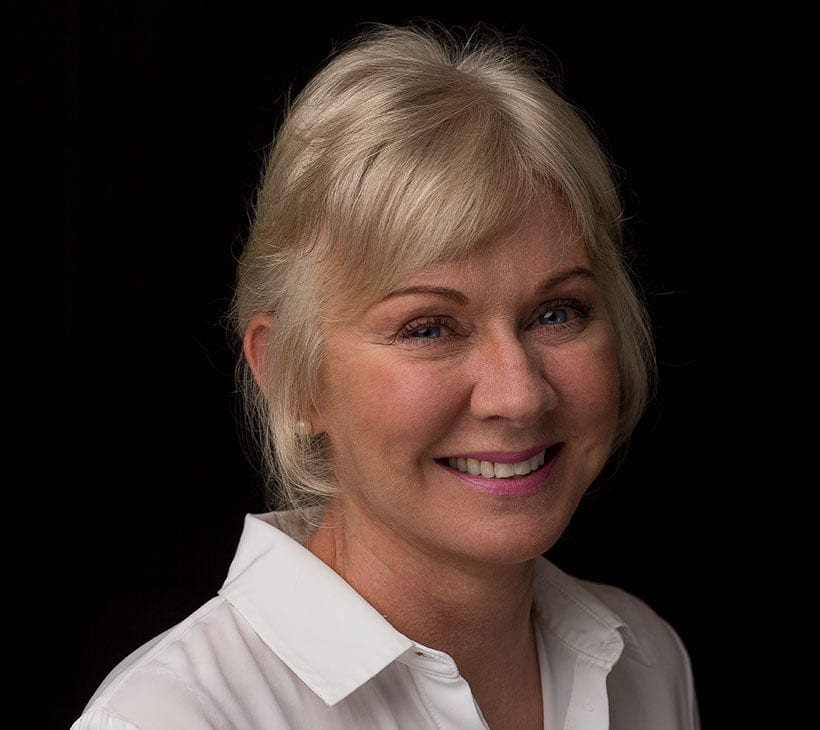
Face & Neck Lift
At a glance
Indications
Facial descent, jowls, loose skin, ageing face
Anaesthesia
Local anaesthetic and twilight sedation
Technique
Composite Deep plane Face and Neck lift
Overnight Stay
1 night
Removal of Stitches
1 week
Return to work
2 weeks
Normal exercise
4 weeks
Healed result
12 weeks

Consultation
The initial consultation for facial plastic surgery is an opportunity for you to talk and me to listen. I like to understand what has led to my patients seeking advice on improving their appearance.
It is clear to me, contradictory to popular misconception, that the majority of patients seeking correction of signs of ageing are motivated by far more than just vanity. There is no doubt that for most of us, when we look our best, we have renewed confidence and energy about every aspect of our lives. This new confidence is life enriching.
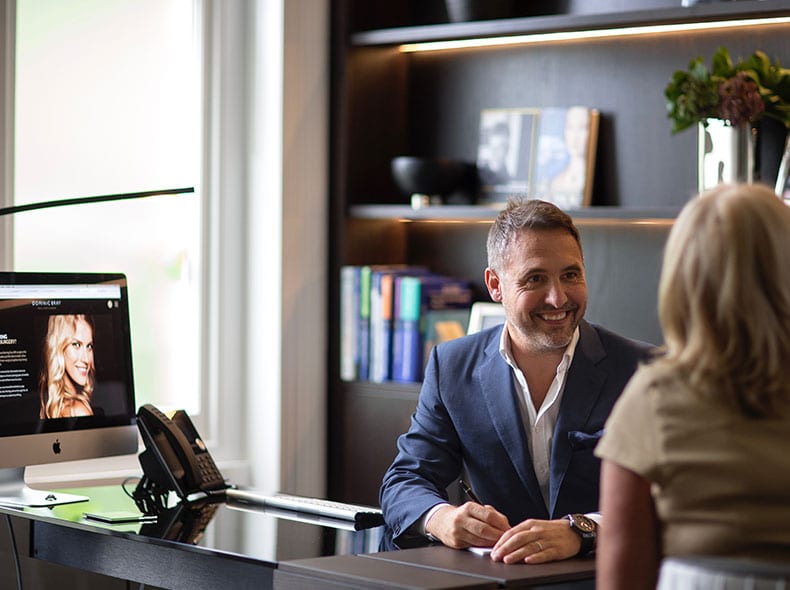
I recognise that it is a big step when somebody asks for help with any aspect of their appearance. I see my role as an advocate in guiding you through what may seem at first a minefield of possibilities. Listening carefully to your exact concerns, explaining in clear language what the options are and their associated risks, and then collaborating on a treatment path is the key to a perfect outcome.
Occasionally, I will suggest that surgical treatment may be premature and, if appropriate, suggest less invasive alternatives. I will ask you to show me historical photos so that we can really discuss what may be achievable, take baseline photography and/or 3 dimensional imagery and only when you really understand the options available will we embark on a treatment path together.

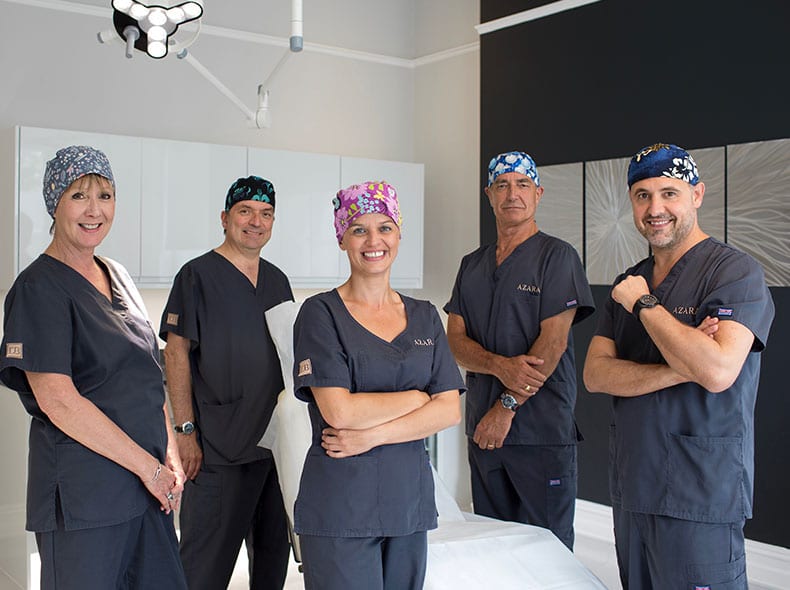
Preparation
This is a vital part of my surgical philosophy. When setting out my practice I wanted my patients to ENJOY their surgical experience.
This is after all surgery they have chosen to have! I could have followed convention and operated out of leased theatres in large private hospitals but this didn’t fit with this philosophy.
Overflowing car parks, receptionists I didn’t know, bank staff, theatre overruns and management dictat over patient experience. I travelled throughout Europe and the US to refine the model and my surgery is the result of this research.
Custom built and registered facilities for facial cosmetic surgery, an environment that is a clinical home from home, staff hand picked not only for their expertise but their approach and interpersonal skills, and surgery that is natural, contemporary, safe and individually planned and performed by me for each and every patient from initial consultation through surgery to final follow up visit. I am constantly refining the model to give my patients the very best experience.
I believe that a patient that is relaxed, calm and comfortable, not starved for general anaesthetic, and who is familiar with the environment has lower blood pressure, lower circulating stress hormones and is in a far better place to start recovering from surgery.
My team discuss preoperative preparation with all my patients, and everything is considered. From hair colouring to diet sheets, pre-operative medications, supplements and specifics to avoid such as blood thinners – Non steroid anti-inflammatories (Ibuprofen, Neurofen, Volatarol), Aspirin, Vitamin E and Arnica.

Face and Neck Lift: Procedure
The facelift process begins at the initial consultation. I want my patients to truly understand all the options available and the risks before undergoing surgery.
I take written consent for the procedure(s) we have mutually agreed and give a copy to take away and read at leisure. Any queries that might arise are welcome to be clarified at a second preoperative consultation if requested.
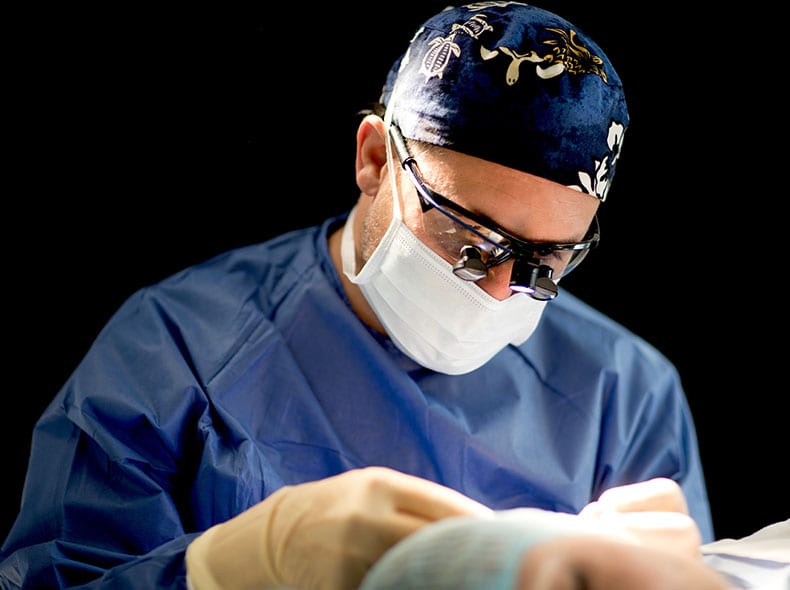
On the day of surgery my patients check into Azara, our Care quality commission registered independent hospital. Once in a gown and robe, and after consent is confirmed, they are escorted to the surgical suite by our nurses. After a relaxation tablet, and connected to a monitor, overseen by a consultant anaesthetist, a small amount of sedation is given through a drip which makes 3-4 hours go very quickly.
I then give numbing injections in the hairline and use a water based anaesthetic solution to gently pre-elevate the facial skin and completely numb the whole face and neck so the procedure is completely painless. An incision is made in the hairline following the contours of the ear and then back behind the ear into the high hairline. The muscles of the face are repositioned to a more youthful position and fat deposits are refined if necessary. Very fine sutures are used to meticulously reposition the skin after any excess has been removed. A mirror is then offered just before a crepe bandage is applied.

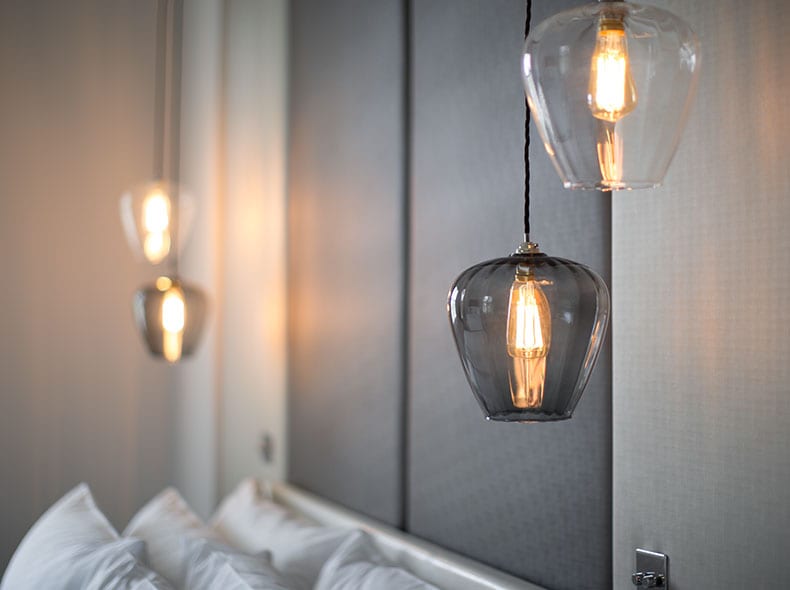
Face and Neck Lift: Recovery
My patients literally walk out of the operating theatre into the recovery room and after a sugary drink are changed into pyjamas and escorted back to their suite.
It is quite normal for the bandage to feel tight (the tissues are swollen with anaesthetic fluid) and sleeping propped up on a couple of pillows really helps.
The next morning the bandage is removed and your hair is washed, I then place my patients under an infra-red dermalux light to start the healing process and take 3D photography which gives an early impression of the result achieved.
Over the next few days the face can look pretty alien with swelling but this starts to improve from day 3. No exercise or bending forward is advised and I suggest not drinking too much water or eating salt. The jaw may feel tight where the muscles have been tightened. This is normal and subsides. Soft food and a children’s sized tooth brush which we provide is ideal!
The stitches come out at a week by which time most of the bruising and swelling has settled. Most patients can return to work at this time but if adjunctive procedures have been performed such as lipocontouring, eyelid surgery and/or browlifting, bruising may persist for up to 2 weeks.

Face and Neck Lift: Aftercare
In the days following facial surgery, I am in constant contact with my patients and review them regularly. This is an essential part of my practice and ensures that my patients feel confident, reassured and comfortable during their initial post operative recovery.
My team and I are on hand to help my patients’ physical and emotional recovery. The first few days after facelifting can be an emotional time, it is not only the physical scars that are healing but, as is the case in the majority of my patients, they are moving on from another life event life – divorce, bereavement, ill health etc. We are honoured to be caring for you, and make sure you are emotionally and confidentially supported throughout your journey. I write further about this in Psychology of Facial Surgery.
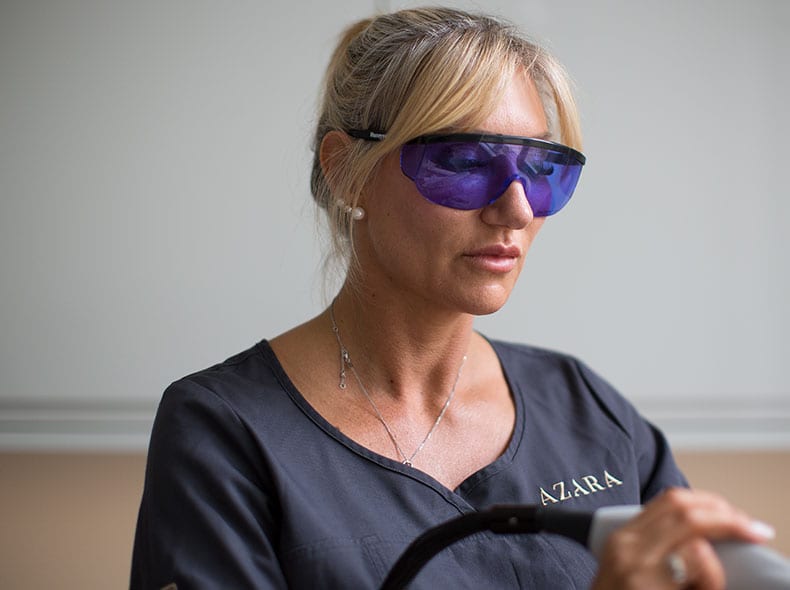

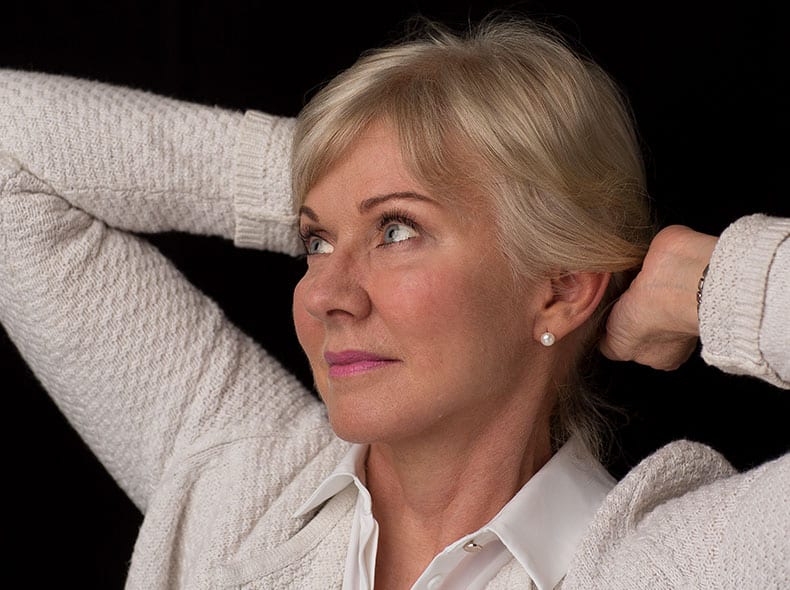
Longevity
A facelift puts back the ageing clock by 7-10 years but doesn’t stop it ticking. A decade after surgery you will of course look older but still 7-10 years younger than if you had not had surgery.
Facelift longevity varies depending upon the patient. I tell my patients that looking after your face is much the same as looking after a new car. You have to look after it to keep it looking new. Clean it the right way, feed it the right nutrients, get plenty of rest and avoid damaging environmental factors such as smoking and sunburn.
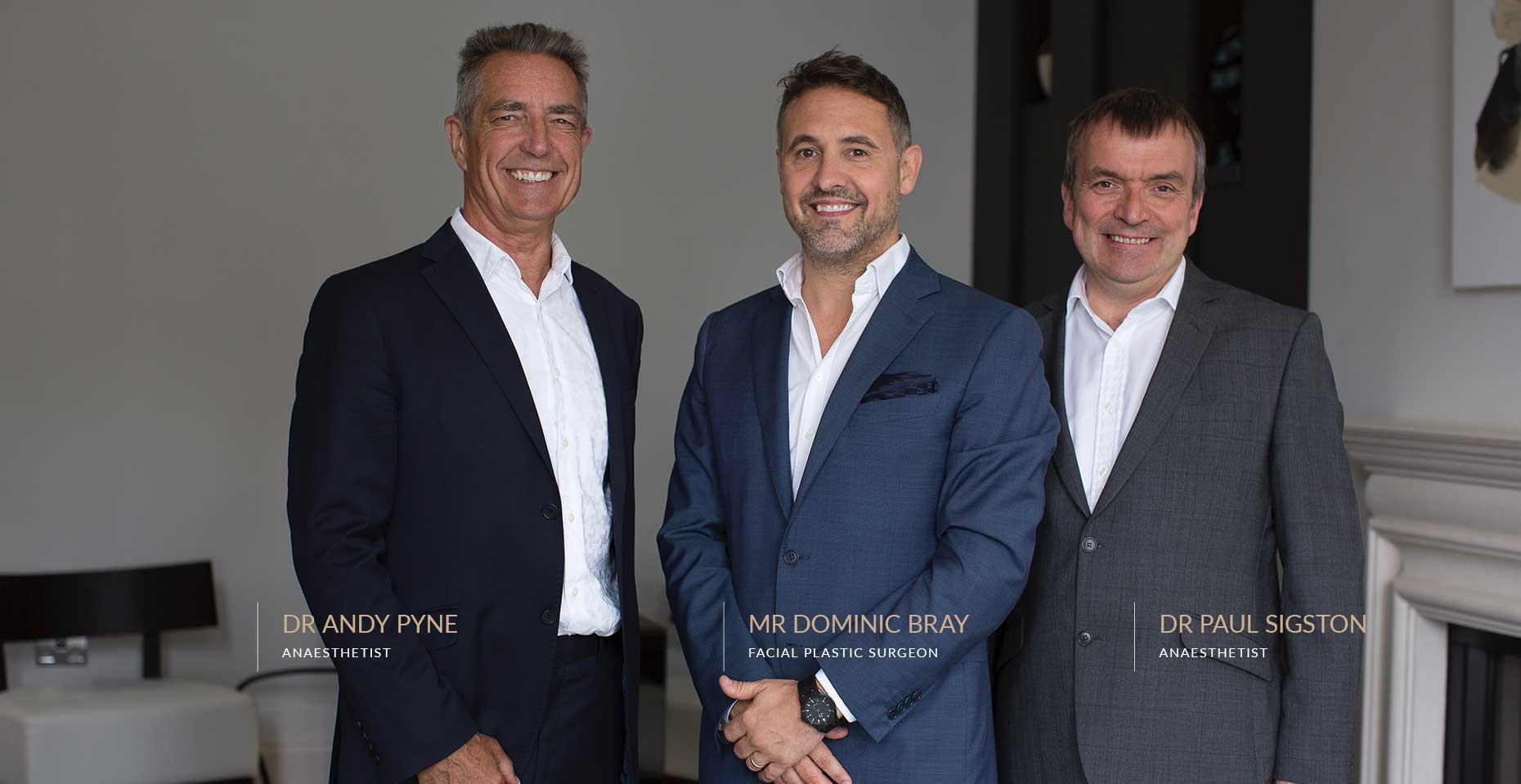

Face and Neck Lift: Risks and Complications
No surgery is without risk, these risks are however minimised by careful patient selection, adherence to preoperative guidance and conscientious post operative care.
The more common complications below are listed and the list is not meant to be exhaustive. I have indicated my own audited complication rate over the last 500 facelifts.

BLEEDING (1.4%)
Where tissues are dissected there can be bleeding from small capillaries that create an expanding blood clot (haematoma), if treated promptly – this has no reflection on the final outcome other than prolonged bruising.
INFECTION (2.4%)
I prescribe prophylactic antibiotics routinely and It is not uncommon to need to use a topical antiseptic ointment on wounds to keep them clean, but true infection is very rare. I have given intravenous antibiotic therapy to 2 patients ever (0.2%)
NUMBNESS
Less of a complication and more of an inevitability. As the skin is elevated it becomes numb in those areas for some weeks after surgery. The risk of permanent numbness is very small and to date has occurred in 3 patients
SUTURE SPITTING (1%)
Stitches are a foreign body and the body might reject them before they are dissolved (or as part of the dissolving process). These can cause small spots that need treatment to remove them.
NERVE WEAKNESS (0.4%)
Temporary weakness of the muscles that move the lip, mouth or brow might occur, usually due to stretching, swelling and tissue dissection.
DELAYED HEALING (0.2%)
When skin is elevated, the blood supply to the skin is temporarily compromised. In patients with already compromised blood flow: smokers, revision cases, areas of skin might scab and heal slowly (necrosis).
POOR SCARRING (1%)
All incisions create wounds which heal to a very fine and barely visible scar in almost all patients. Some patients have a predisposition to poorer scarring which can be Raised (hypertrophic), Wider (keloid) or White (hypopigmented) – in my experience it is younger patients under 46 years old that tend to heal less predictably.
